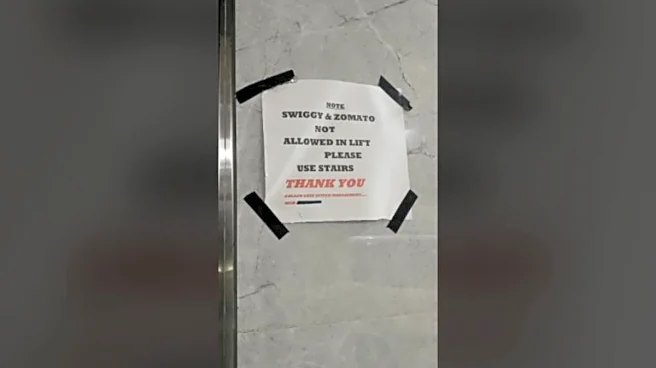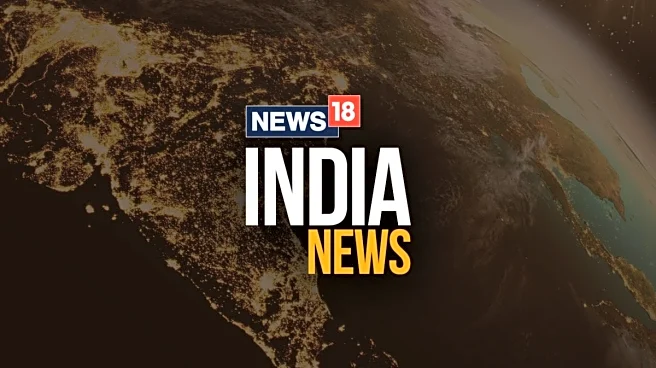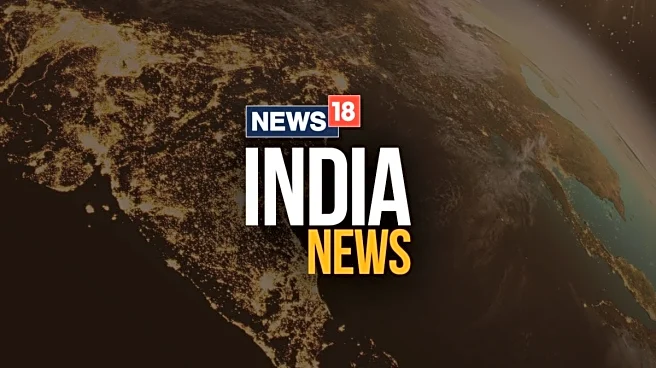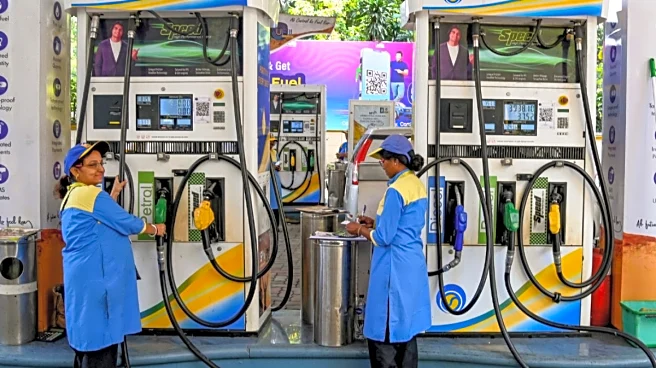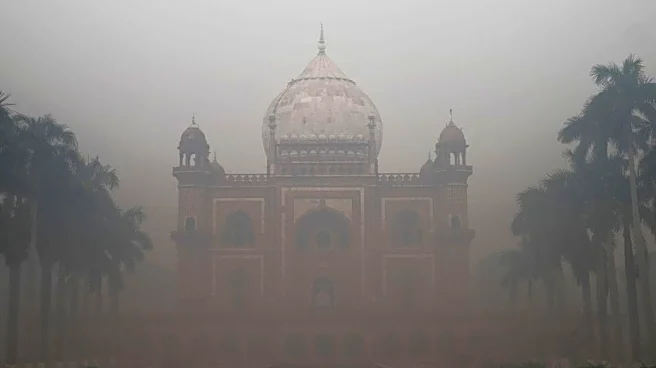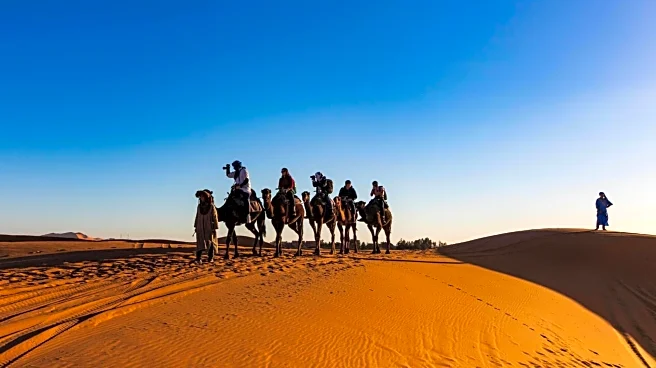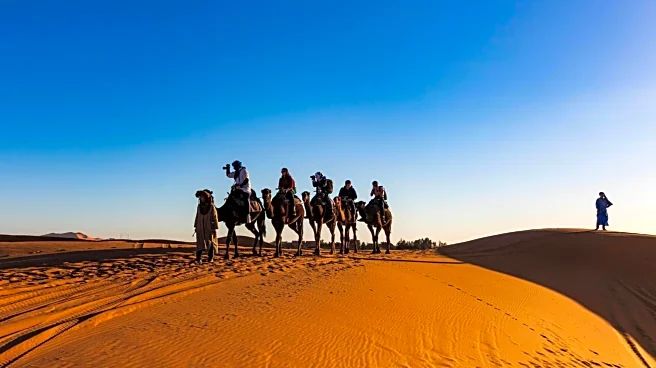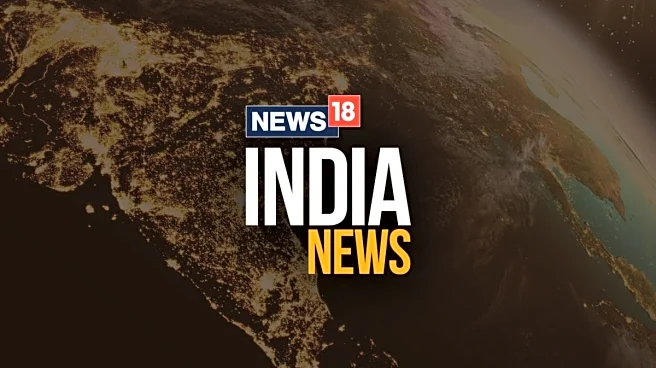Short breaks and weekend getaways are driving this shift.
Two- to three-night trips make up 58% of all stays, up six percentage points from last year, while the average trip duration stands at 2.6 nights. The average booking window has reduced to 21 days, indicating that travellers are planning trips earlier but opting for shorter, more frequent holidays.
Analysts attribute this trend to the combined effect of GST-driven cost savings and the residual festive travel momentum.
“With travel feeling more affordable, people are more open to taking an extra trip or upgrading their stay,” said Abhishek Daga, Co-Founder of Thrillophilia.
Spending patterns also show a shift toward experiences over premium accommodations. The use of air miles and upgrade vouchers increased by 21%, while premium-cabin bookings declined by 2.8 percentage points compared with last year.
Activities such as trekking, local sightseeing, and cultural experiences recorded year-on-year growth of 27%, 24%, and 22%, respectively, with the average activity spend at ₹3,600.
Regionally, Jaipur saw a 26% increase in mid-range stays, Lucknow led family short-break bookings, and Bhopal recorded the highest weekend occupancy at 81%. Hyderabad reported the longest advance planning, while Bhubaneswar led growth in activity-focused trips, and Panaji showed the highest proportion of boutique and homestay bookings.
Across India, domestic trip spending ranges between ₹25,000–₹45,000, while short-haul international holidays average ₹60,000–₹95,000. Travellers are redistributing budgets toward experiences rather than cutting overall spending, signalling a shift toward “smart luxury” travel.
Thrillophilia’s data, based on partnerships with over 5,000 providers across 200 destinations, highlights the growing preference for affordable, experience-driven leisure travel in India.
/images/ppid_59c68470-image-176131010438292922.webp)

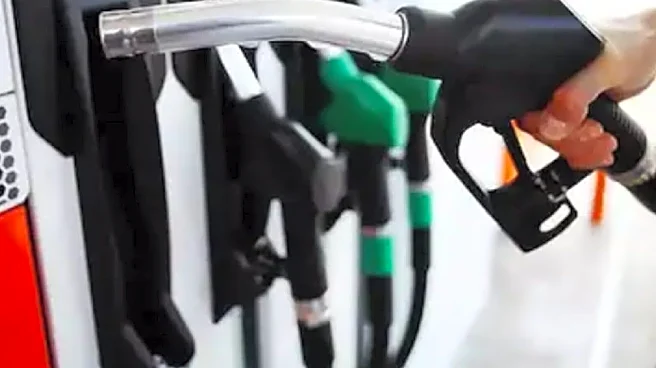

/images/ppid_a911dc6a-image-176124485522167795.webp)

